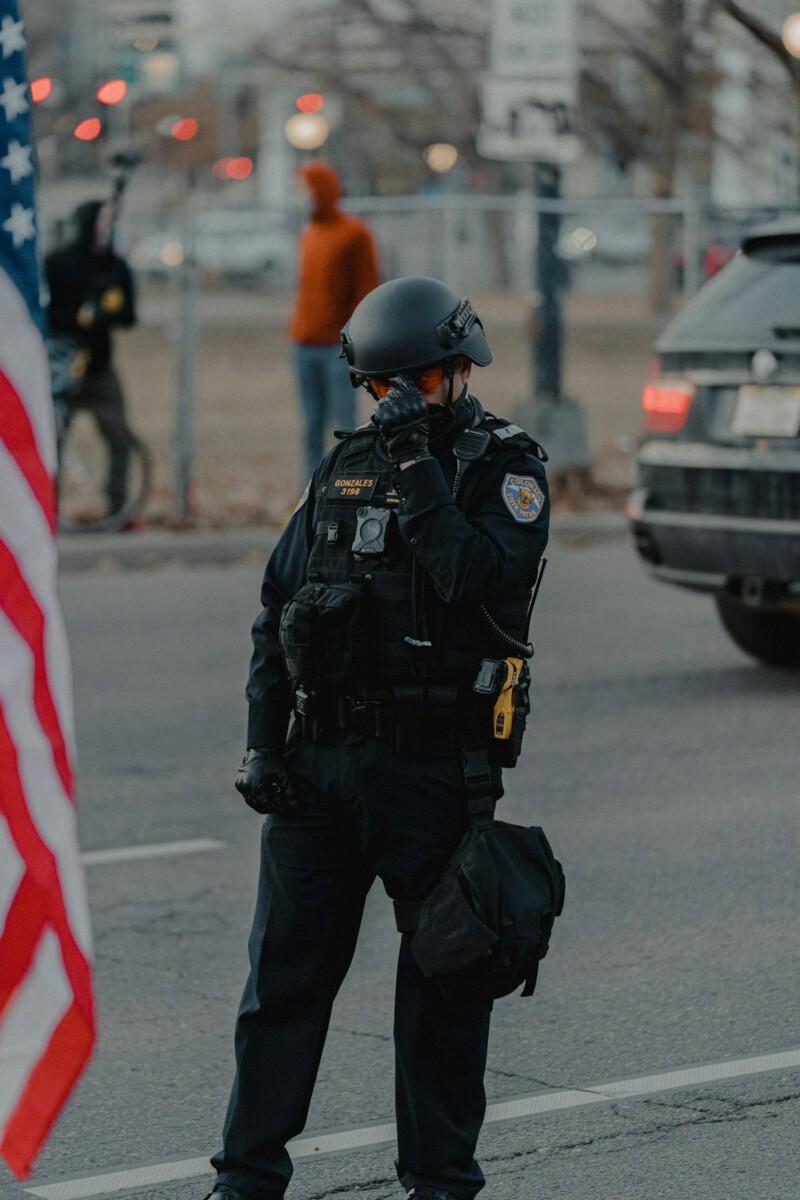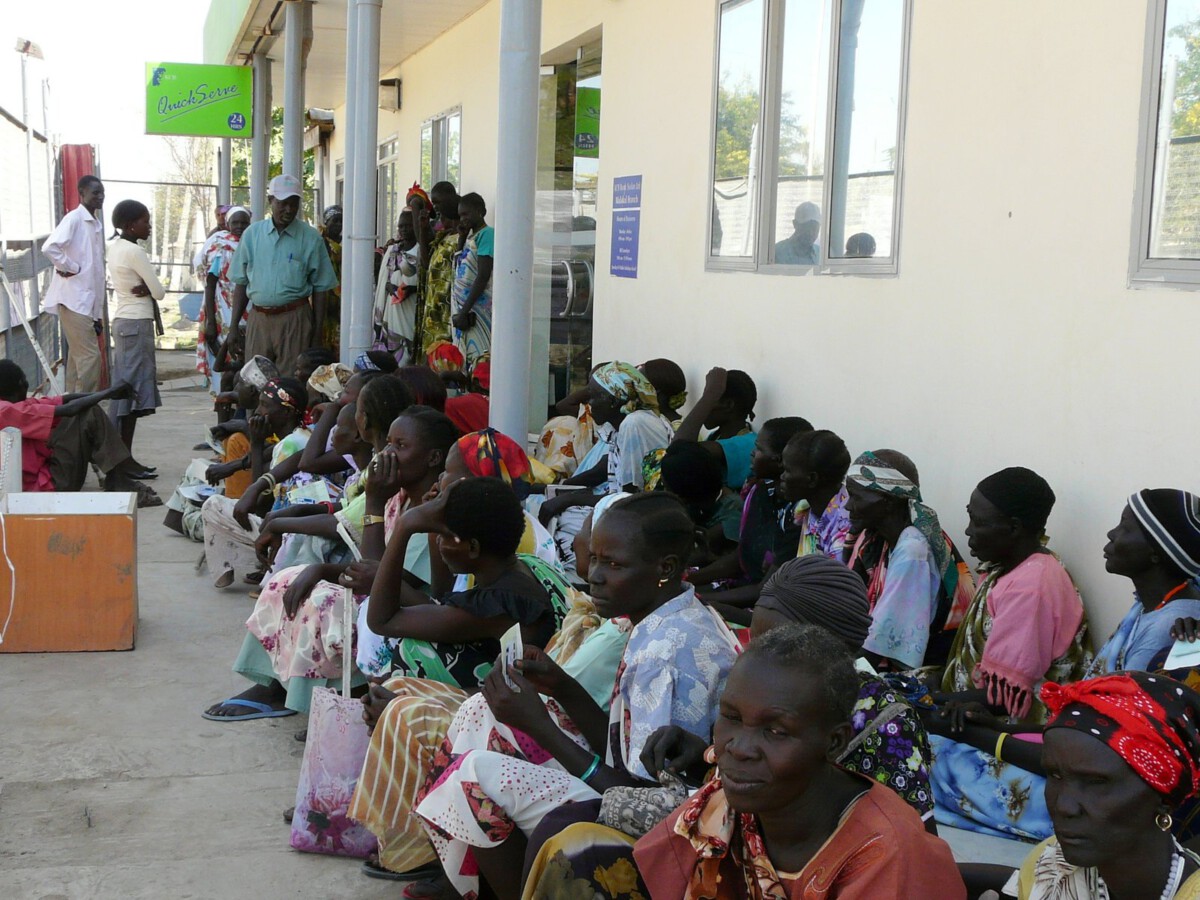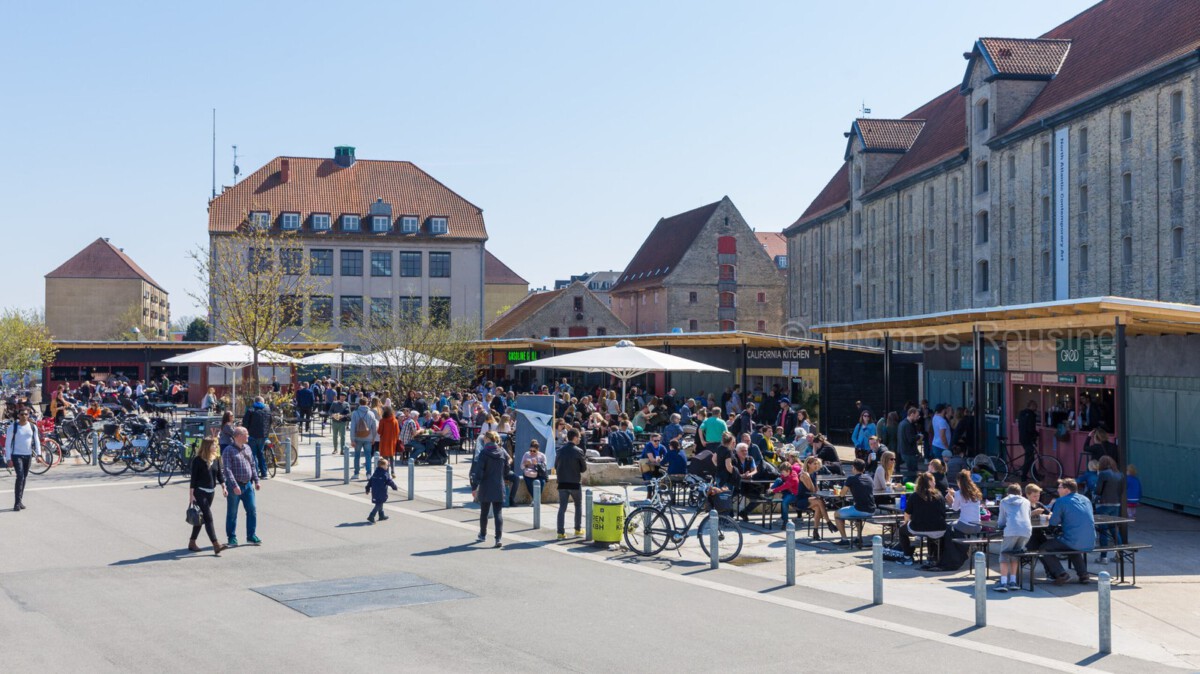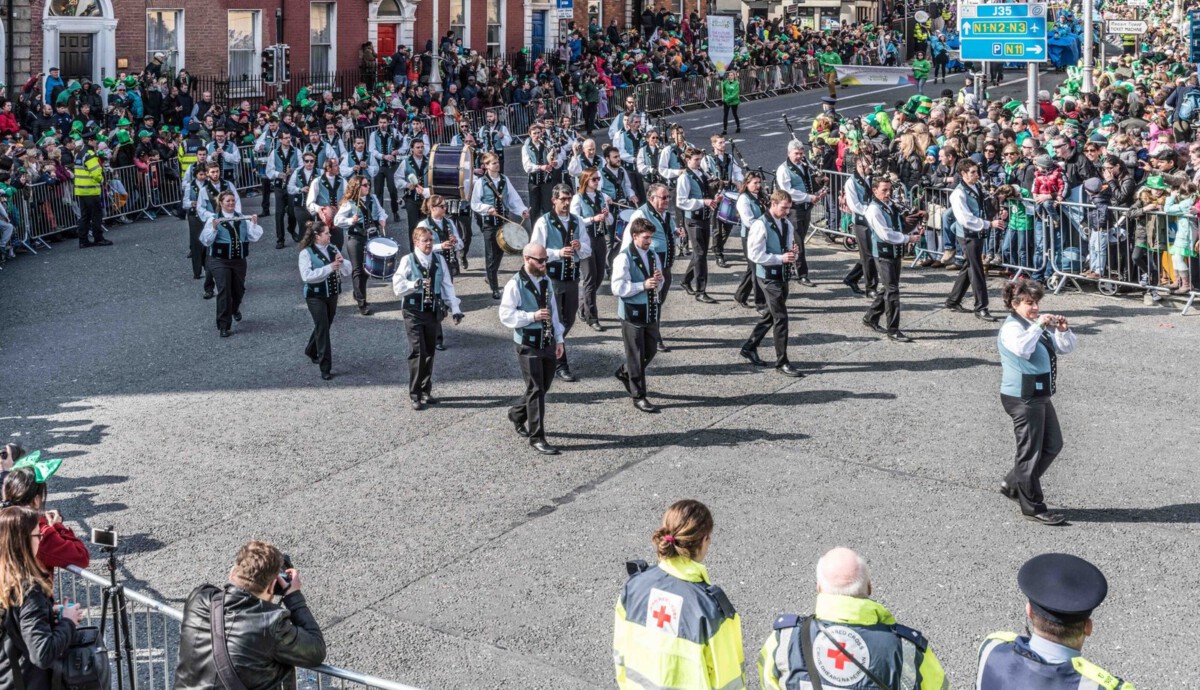A Surprising Swap at the Top (Image Credits: Unsplash)
California – Amid the steady hum of patrol vehicles cutting through urban sprawl, a major shift in federal immigration enforcement is unfolding, blending border vigilance with interior crackdowns in ways that echo the state’s own tough history.
A Surprising Swap at the Top
Imagine waking up to find the team in charge of deportations has a new lineup, one drawn straight from the front lines of the border. That’s exactly what’s happening now. The Trump administration is installing Border Patrol veterans into key ICE roles across several major cities, a move that’s already stirring up the immigration world.
This isn’t just a reshuffle; it’s a deliberate pivot toward more aggressive strategies. Sources inside the Department of Homeland Security point to frustration over lagging arrest figures, with top officials getting the boot to make room for those who know high-stakes operations inside out. By bringing in Border Patrol leaders, the feds aim to inject fresh energy into interior enforcement, an area traditionally handled by ICE.
The change hits hard in places like Los Angeles and San Francisco, where local resistance to federal policies has long complicated things. Yet, this infusion of border expertise could speed up operations, targeting not just crossers but those already embedded in communities.
California’s Playbook Goes Nationwide
Back in the ’90s, California pioneered some of the roughest immigration tactics around, like Operation Gatekeeper, which turned routine patrols into full-scale sweeps. Those methods, born out of necessity along the state’s sprawling border, emphasized quick action and minimal red tape. Now, they’re being dusted off for a broader stage.
What started as localized efforts to curb illegal crossings evolved into models for nationwide enforcement. Border Patrol’s approach – think rapid response teams and data-driven raids – mirrors California’s early experiments. By placing these seasoned agents at ICE’s helm, the administration is essentially exporting that Golden State grit to the heartland.
Critics worry this could blur lines between border security and everyday policing, potentially straining relations in sanctuary cities. Still, proponents argue it’s a smart evolution, adapting proven tools to meet rising demands for stricter controls.
Breaking Down the New Tactics
Border Patrol’s style is all about momentum: surprise checkpoints, collaborative task forces with local law enforcement, and a focus on high-volume apprehensions. Unlike ICE’s more bureaucratic process, which prioritizes criminal records first, these tactics cast a wider net, aiming for volume over selectivity.
In practice, this means more joint operations where agents fan out into neighborhoods, using tech like license plate readers and tip lines to zero in on targets. California’s history shows these methods can deter crossings, but they’ve also sparked debates over civil rights and community trust.
One key difference lies in the emphasis on speed. Border Patrol teams are trained for dynamic environments, which could translate to faster deportations but also higher risks of errors in diverse urban settings.
Boosting Numbers or Stirring Backlash?
The push comes amid calls for 3,000 daily arrests, a goal that’s eluded current ICE leadership. With Border Patrol at the wheel, early signs suggest a ramp-up in activity, particularly in California where assaults on federal officers have spiked 400% in the past year. National Guard support is even being considered to back these efforts.
However, not everyone’s on board. Advocacy groups highlight cases where non-criminal immigrants get swept up, echoing past California controversies. Local officials in sanctuary states brace for clashes, fearing this hardline shift could erode cooperation with federal partners.
From a policy standpoint, it’s a bet on deterrence: show force to reduce future entries. Whether it pays off remains to be seen, especially as court challenges loom.
Key Players and Their Perspectives
At the center is Tom Homan, the former ICE director pushing for this overhaul, who sees Border Patrol’s edge as essential for reclaiming control. On the flip side, former ICE chiefs like those speaking to Politico argue the old “worst first” approach kept things balanced, warning that unchecked aggression might backfire.
Communities in California, long the testing ground, feel the weight most acutely. Stories of families divided and workers detained flood local news, fueling protests and legal pushes against expanded enforcement.
- Border Patrol’s focus: Rapid, high-volume operations.
- ICE’s traditional role: Targeted arrests based on criminal history.
- California’s influence: Pioneered sweeps that balanced security with humanitarian concerns.
- Current goal: Triple daily deportations through integrated teams.
- Potential risks: Eroding trust in immigrant-heavy areas.
Looking Ahead: What This Means for America
As these changes ripple out, immigration enforcement could look a lot more like California’s border battles than the measured interior work of the past. With leadership from the front lines, expect bolder moves, from workplace raids to street-level stops, all aimed at fulfilling campaign promises on security.
Yet, the real test will be sustainability. Can these tactics scale without overwhelming resources or igniting widespread resistance? History suggests California’s model worked in bursts, but applying it coast to coast is uncharted territory.
Key Takeaways
- Border Patrol leaders are replacing ICE officials in major cities to accelerate deportations.
- California’s aggressive tactics from the 1990s are influencing this national shift.
- Expect more joint operations, but watch for community pushback and legal hurdles.
In the end, this overhaul signals a tougher era for immigration policy, one where border savvy meets interior reality. It’s a high-stakes gamble that could redefine how America handles its borders. What do you think about this shift – necessary toughness or overreach? Share your thoughts in the comments.







